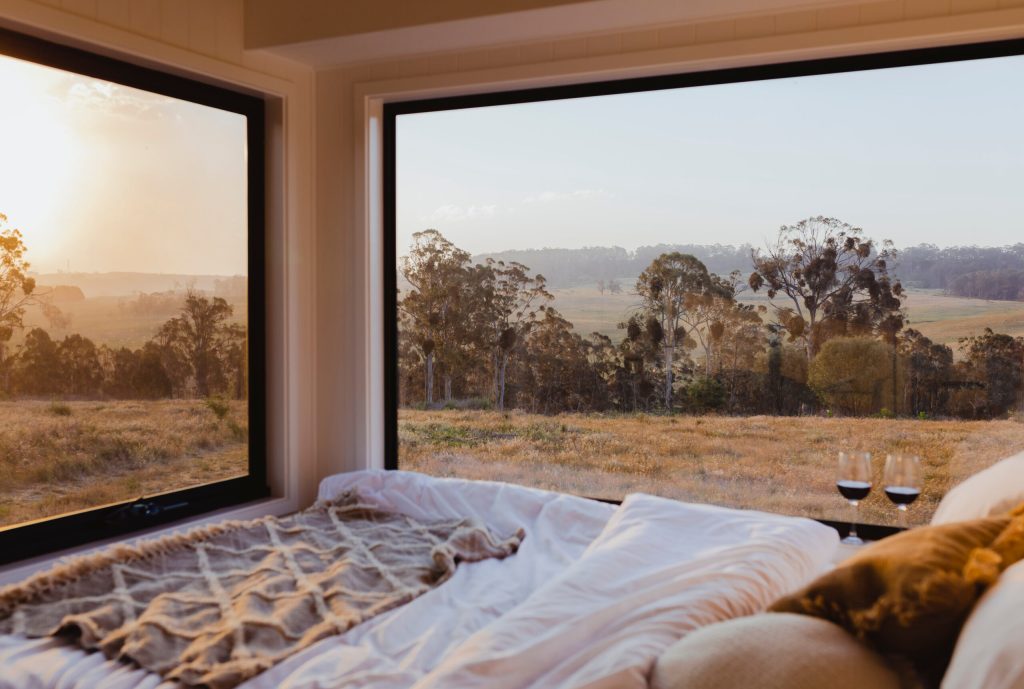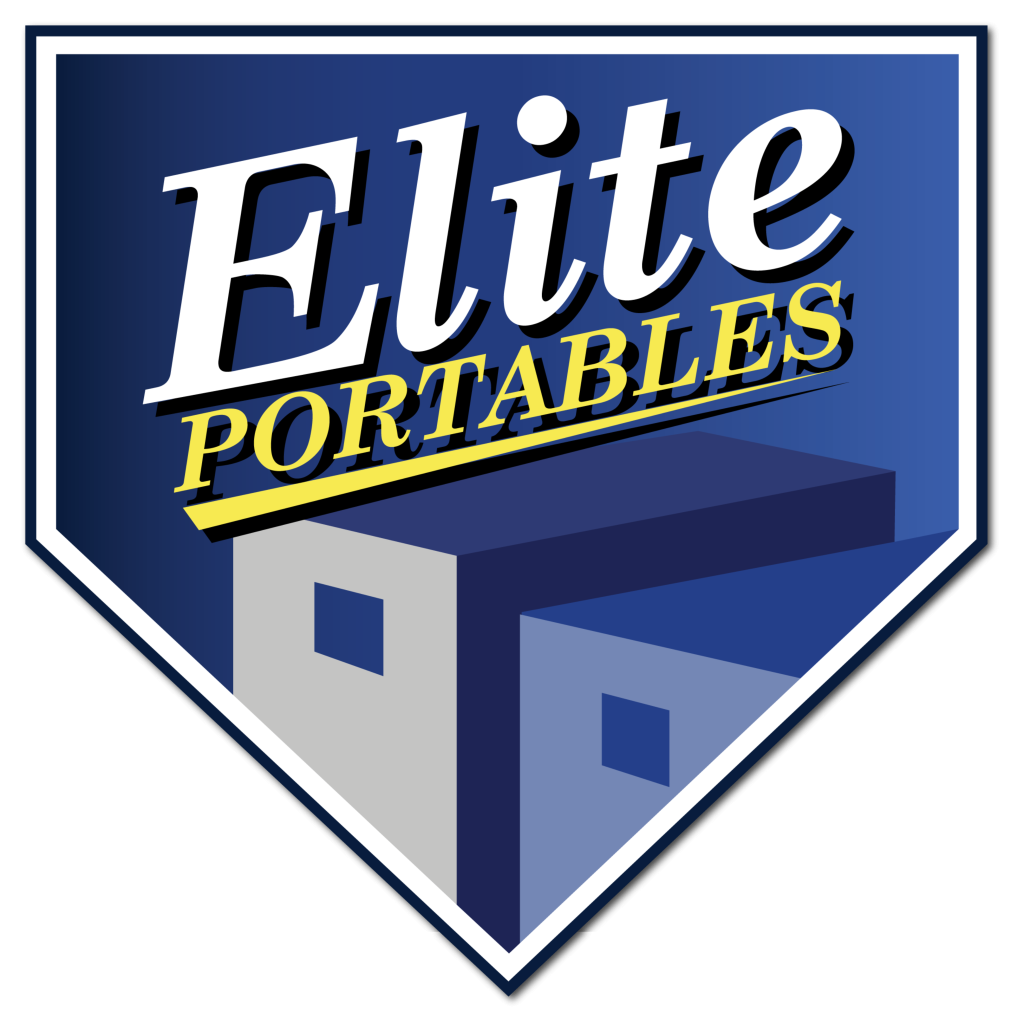Your Guide to Long-Lasting Portable Buildings and Outdoor Solutions

Have you ever envisioned a life of simplicity, sustainability, and freedom right here in the Sunshine State?
The tiny house movement is thriving in Queensland, offering an appealing alternative to traditional living. It’s more than just downsizing; it’s about making informed choices to embrace a more intentional and often more affordable lifestyle. This handbook is your practical guide to understanding what it truly means to live tiny in Queensland.
We’ll demystify the local regulations, share essential planning tips, and walk you through the practical considerations to ensure your tiny home journey is smooth and compliant. From navigating council approvals to designing your perfect compact space, this guide covers everything Queensland homeowners need to know to establish a successful and enjoyable tiny home life.
Explore our range of portable homes designed for Queensland living and begin your journey today.
As you consider embracing tiny living in Queensland, you’re bound to have practical questions. Here are the answers to the most common queries from homeowners looking to understand the intricacies of tiny houses in our state.
A tiny house in Queensland is typically a dwelling 37 square metres or less in size, often designed for portability. Regulations classify them differently depending on whether they are on wheels (like a caravan or mobile home) or fixed (considered a permanent dwelling). Understanding this classification is crucial as it dictates the specific rules and approvals from local councils and the Department of Transport and Main Roads.
Generally, yes, council approval is required, particularly if the tiny home is intended as a habitable or secondary dwelling on your property. However, the specific requirements vary significantly by local council and the tiny home’s classification (on wheels vs. fixed). It’s essential to consult your local council’s planning scheme and building regulations to ensure full compliance before starting your project.
Connecting utilities for your tiny home in Queensland requires careful planning to meet local regulations. For grid-connected homes, you’ll need approved hook-ups for electricity and town water, as well as compliant sewage or wastewater management systems. For off-grid setups, you’ll need to invest in reliable alternative energy sources (like solar), rainwater harvesting, and approved composting toilets or septic systems, all adhering to environmental and health guidelines.
For detailed options, consider speaking with specialists at Elite Portables via our contact page.
The ease of moving a tiny home depends on its design and how it’s classified. Tiny houses built on wheels are designed for portability and can be moved relatively easily, provided they meet road registration and transport regulations. Fixed tiny homes, however, are considered permanent structures and typically require professional relocation services, making movement more complex and less frequent.
This flexibility is one of the many appeals of Elite Portables’ transportable homes.
Beyond the rising investment appeal, embracing a tiny home in Queensland means understanding its unique practicalities. This handbook will guide you through the essential considerations for designing, siting, and living in your compact dwelling, ensuring a compliant and fulfilling experience in the Sunshine State.
Tiny homes are generally defined as dwellings 37 square metres or less in size, often designed with portability in mind. While they embody a global movement towards minimalism, in Queensland, they find a particularly strong resonance. Our warm climate encourages outdoor living, and the state’s diverse landscapes offer ideal settings for compact, efficient homes. Modern tiny homes are meticulously crafted to maximise every inch, offering functional and stylish living quarters that cater to varied needs and preferences, seamlessly blending with Queensland’s relaxed and outdoor-focused lifestyle.
This is perhaps the most crucial section for any prospective tiny home owner in Queensland. The legal and regulatory framework is still evolving, and understanding your local council’s specific requirements is paramount. Tiny homes are typically categorised in two main ways, each with distinct considerations:
Tiny Houses on Wheels:
Tiny Houses Without Wheels (Permanent Tiny Houses):
It is absolutely crucial to consult your local council early in your planning process. Reputable builders like Elite Portables are well-versed in the regulatory framework and can guide you through the compliance process.
For official guidance on planning and building in Queensland, refer to the Queensland Government’s Planning website.
Once the regulatory hurdles are understood, the focus shifts to creating a functional and comfortable living space designed for Queensland’s climate and lifestyle.
The flexibility of tiny house living is often linked to finding suitable locations and ensuring proper infrastructure.
Embracing a tiny home is a significant lifestyle choice that goes beyond just the structure itself. It requires adapting to a more compact living environment and a willingness to embrace minimalism. This shift encourages decluttering and focusing on essential items, often leading to reduced stress and a more mindful way of life. Furthermore, tiny house living often fosters a deeper connection with Queensland’s natural beauty, encouraging residents to spend more time outdoors.
The growing tiny house community in Queensland is known for its supportive and welcoming nature, creating a sense of belonging and camaraderie that can significantly enrich your journey.
Embracing tiny house living in Queensland offers a truly unique pathway to a simplified, sustainable, and intentional lifestyle. As this handbook has detailed, navigating the specific regulations and practical considerations is key to a smooth journey.
From understanding the nuances of local council approvals for both wheeled and fixed dwellings to optimising your compact space for Queensland’s climate and embracing a minimalist approach, every step contributes to creating a fulfilling home. It’s an opportunity not just to downsize your footprint, but to expand your horizons and connect more deeply with the natural beauty and supportive community of the Sunshine State.
Elite Portables is your trusted partner in making this dream a reality. Our expertise in designing and constructing high-quality, compliant, and custom tiny homes ensures your dwelling is perfectly suited for Queensland life.
If you’re also considering the financial benefits and investment potential of a tiny home, be sure to explore our dedicated guide: Tiny Homes For Australians: A Smart Investment. Ready to take the next step or discuss your specific project needs? Contact Elite Portables today for a personalised consultation and begin crafting your ideal tiny home experience.

16 Nans Road, Helidon Spa Qld 4344
Telephone: 1300 400 278
Monday – Friday: 8am-4pm
Saturday: 9am – 1pm
Sunday: Closed
We are a Toowoomba based portable buildings design and construction company that services Australia wide. We offer affordable portable dream homes, granny flats, business offices and working buildings.
We have been constructing quality and custom-built portable buildings and transportable homes for over 10 years.
© 2023 Elite Portables. All Rights Reserved.